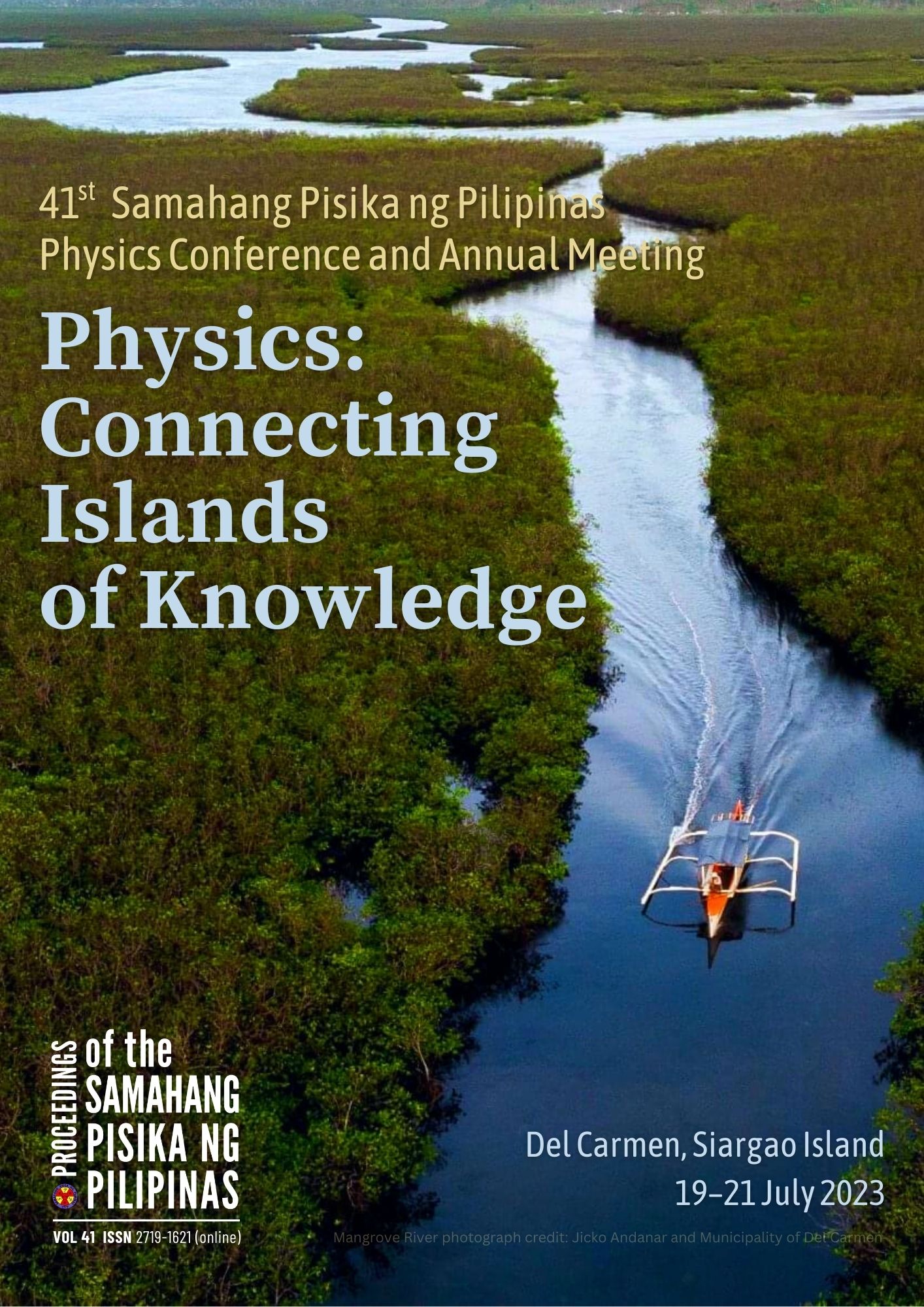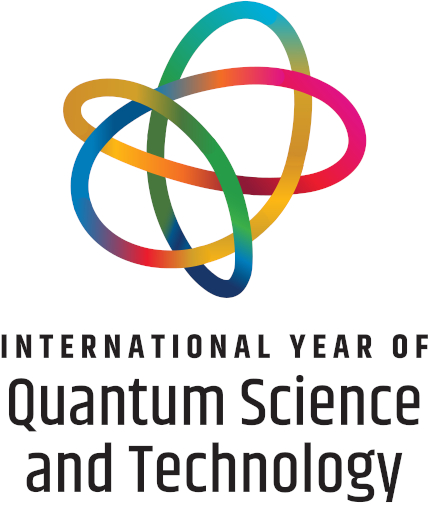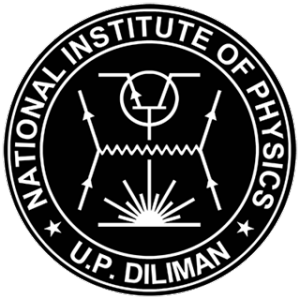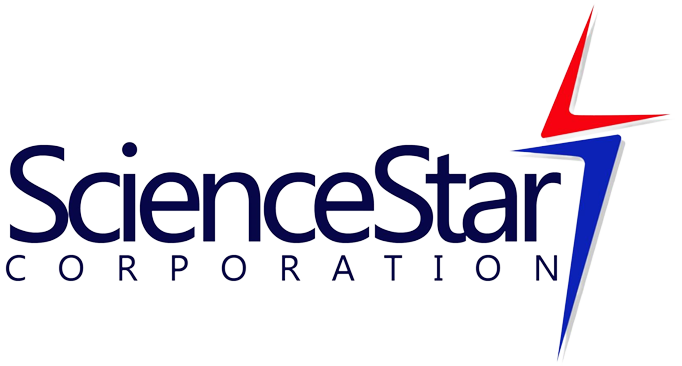Excitation transfer rates in a cyanobacterial photosystem I in the dipolar coupling approximation
Abstract
Photosystems are light-harvesting units utilized by photosynthetic organisms. The arrangement of chlorophylls (Chl) in each photosystem varies from organism to organism and is fine-tuned by evolution. In this paper, we study the pathways of excitation transfer in a cyanobacterial photosystem I (Synechococcus elongatus) using an effective Hamiltonian based on Förster theory of resonance energy transfer. The off-diagonal terms of the Hamiltonian matrix were calculated in the dipolar coupling approximation to obtain excitation transfer rates between Chl pairs in the network. From these rates, it was found that there is a four-fold preferential excitation flow from the peripheral antenna to the B39 Chl compared to A40. The transfer rate discrepancy can be attributed to the difference in the dipole moment orientations and the spatial locations of the central Mg atom of the Chls. Strongly coupled antenna Chls were identified based on a threshold on the maximum transfer rates.
Downloads
Issue
Physics: Connecting islands of knowledge
19-21 July 2023, Del Carmen, Siargao Island
Please visit the SPP2023 activity webpage for more information on this year's Physics Congress.











